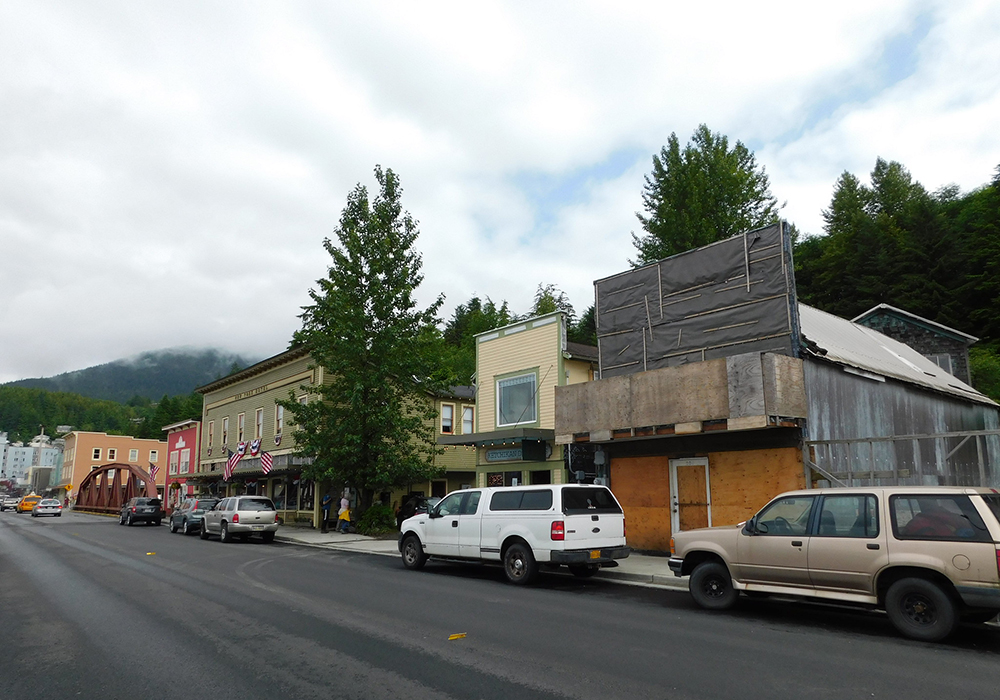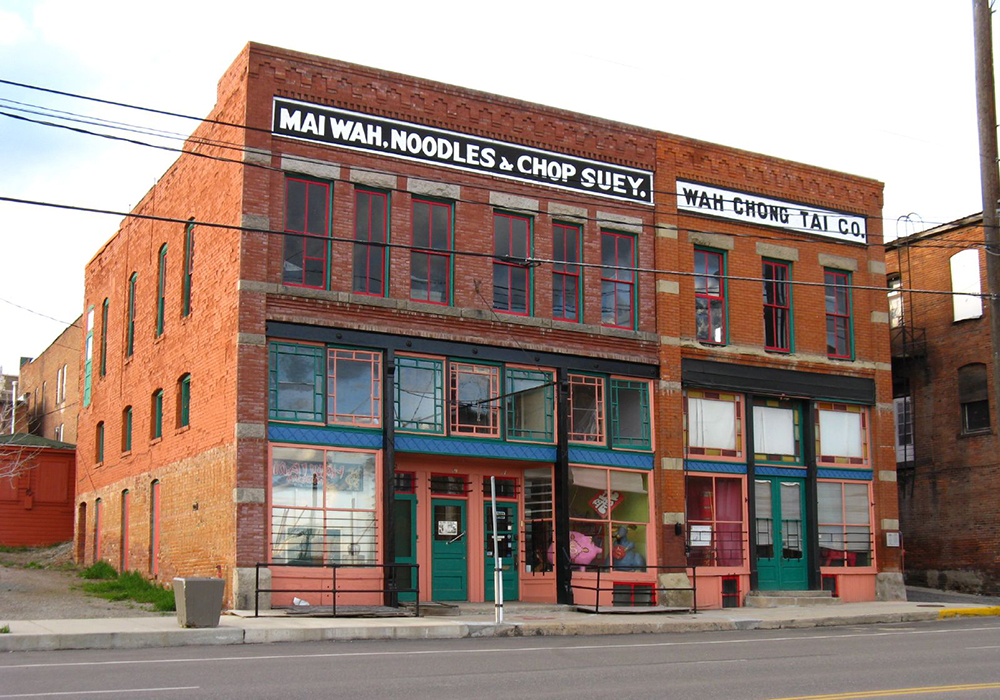Take 5: Celebrating Five Locations Honoring AAPI Heritage

As we celebrate Asian American and Pacific Islander Heritage Month, a lot of attention will be drawn to neighborhoods in larger cities like San Francisco and New York.
However, the cultural and historical impact of AAPI people and heritage can be experienced throughout the U.S. The following are five significant locations worth visiting to honor AAPI heritage. These spaces and places capture the history, art, and beauty of the AAPI community.
Five Notable Places to Commemorate AAPI Heritage
Stedman-Thomas Historic District, Ketchikan, Alaska
Ketchikan, one of Alaska's southernmost cities, is the location of the Stedman-Thomas Historic District, which between 1900–1940 was home to not only the Tlingit indigenous community, but a robust community of Filipino, Chinese, and Japanese immigrants. At the start of the 20th century, Ketchikan became a central hub for the fishing industry and members of the Asian community came to Ketchikan seeking economic opportunities.
Over the decades, the Stedman-Thomas district grew; commercial and residential buildings were constructed, as well as a school run by volunteers to educate the children. Many of these buildings may be viewed today, including the New York Hotel and Café, Tatsuda's Grocery, and the Filipino Community Club, which is considered the first of its kind established in Alaska. The Stedman-Thomas Historic District played a vital role in Ketchikan's economy and was added to the National Register of Historic Places in 1996. More details about Stedman-Thomas and its history may be found via the National Park Service.

Stedman-Thomas Historic District, Ketchikan, Alaska. Credit: Flickr Jimmy Emerson, DVM (CC BY-NC-ND 2.0)
Butte-Anaconda Historic District, Montana
As early as 1868, Chinese immigrants established themselves in the area of Butte, Montana. Butte soon became a destination for those seeking wealth and opportunity after the discovery of silver in the region, although copper became the primary material mined in the area.
Over the decades, especially once copper mining exploded in Montana, Chinatowns developed in both Butte and Anaconda. Structures with historical significance from this era have been preserved, including the Mai Wah Noodle Parlor and Wah Chung Tai buildings, now home to the Mai Wah Museum, which serves to examine the Asian experience in Montana.
The Pekin Noodle Parlor, established in 1909, is still operating in its original building and is considered to be one of the oldest continuously running Chinese restaurants in the country.
The Butte-Anaconda Historic District was declared a National Historic Landmark in 1961. More details about this area and its historical significance may be found via the National Park Service.

Mai Wah Noodle Parlor and Wah Chong Tai Mercantile. Credit: Flickr Jasperdo (CC BY-NC-ND 2.0)
The George Nakashima Woodworker Complex, New Hope, pennsylvania
Designated a National Historic Landmark in 2014, the George Nakashima Woodworker Complex is a 12-acre property with 14 buildings that comprise the legacy of George Nakashima, architect and revered furniture designer-craftsman.
The buildings, designed by Mr. Nakashima, represent the International Style in architecture and highlight the influences of Japanese culture and nature. The buildings are a mix of studios, workshops, and residences, some of which are still occupied by members of his family. The unique furniture designs of Mr. Nakashima and his daughter, Mira, are still produced on the property.
Guided tours are available at the Complex when reserved in advance. More information is available on the George Nakashima Woodworkers site.

George Nakashima House. Credit: Flickr neogejo (CC BY-NC-ND 2.0)
Anderson Japanese Gardens, Rockford, ILlinois
Located approximately 85 miles northwest of Chicago, the Anderson Japanese Gardens is a hidden gem. In 1978, John R. Anderson collaborated with renowned landscape architect Hoichi Kurisu to establish the gardens at Anderson's home. Anderson was inspired to create the gardens after visiting Japan and similar gardens designed by Kurisu in Portland, Oregon.
The garden landscape comprises several waterfalls, ponds, streams, rock formations, and winding paths populated by varied plant life, including Japanese maples, magnolias, and azaleas, to name a few. A sukiya-zukuri-style tea house and guest house may also be experienced here. Colorful species of fish and birds live on the property, along with several bronze sculptures.
The Anderson Japanese Gardens is open to the public from April through October.

Anderson Japanese Garden. Credit: Flickr Pete (CC BY-NC-ND 2.0)
Morikami Museum and Japanese Gardens, Delray Beach, FLorida
George Morikami was a Japanese immigrant and farmer who donated his land to Palm Beach County to be used as a park. The land, which spans nearly 200 acres, is now home to a museum and Japanese gardens.
The gardens were designed by landscape architect Hoichi Kurisu and are intended to reflect historic styles of gardens throughout Japan's history. The Morikami campus includes the original museum building, called Yamato-kan constructed in 1977 after Mr. Morikami's passing in 1976. The current primary museum building was completed in 1993. The museum is home to more than 7,000 artifacts.
The Morikami Museum and Japanese Gardens seek to educate visitors about Japanese culture, heritage, and a more than century-old connection between Japanese immigrants and South Florida.

The original Morikami museum. Credit: Flickr Richard Whent (CC BY-NC 2.0)
Top image: Anderson Japanese Garden in Rockford, Illinois. Credit: Flickr ryanlun (CC BY-NC 2.0)


